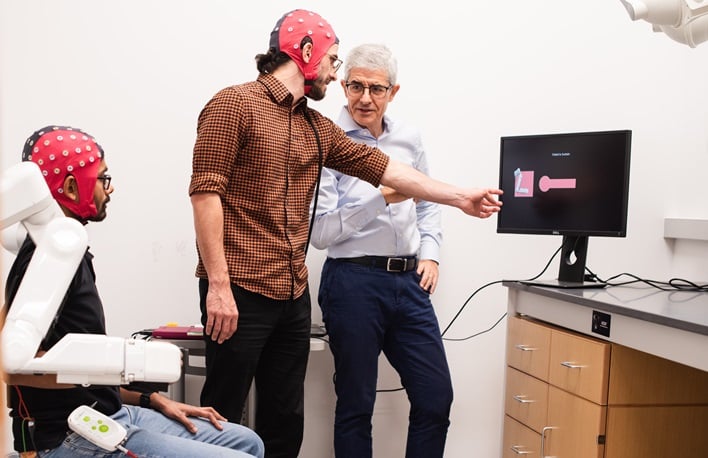Brain-Computer Interface Breakthrough Lets You Play Games With Your Mind
Brain-computer interfaces have been making headlines recently because Neuralink’s first human patient, Nolan Arbaugh, has been providing insight into his experience with his new brain implant via X. Millions have watched as he played chess, and talked about playing Civilization VI into the wee hours of the morning with just his mind. Now, a new study is providing even more potential for other devices to be used to increase the capabilities of those who once thought they could never do certain things again, like play a video game.
“When we think about this in a clinical setting, this technology will make it so we won’t need a specialized team to do this calibration process, which is long and tedious,” remarked Satyam Kumar, a graduate student in the lab of José del R. Millan. “It will be much faster to move from patient to patient.”

Perhaps the most intriguing part of the new study is that researchers incorporated machine learning capabilities with their BCI, creating a one-size-fits-all solution. In a press release, the University remarked that typically devices of this nature require extensive calibration for each user, because each brain is different. The new solution overcomes this hurdle by being able to quickly understand the needs of an individual subject and self-calibrate through repetition.
During the clinical trial, users were able to not only balance the left and right sides of a digital bar with their minds, but also execute the complex series of turns in a lap while playing Mario Kart. With the subjects wearing a cap packed with electrodes that are hooked up to a computer, the electrodes gather data by measuring electrical signals from the brain, and then the decoder interprets that information and translates it into game action.
“On the one hand, we want to translate the BCI to the clinical realm to help people with disabilities; on the other, we need to improve our technology to make it easier to use so that the impact for these people with disabilities is stronger,” explained Millan.
The team behind the new BCI technology is also focusing on other projects that are aimed at improving the lives of those who are disabled. One project is a wheelchair that users can drive with the BCI interface, while another is the ability to control rehabilitation robots for the hand and arm. All of this is exciting news for those who have been dreaming of regaining at least a portion of their independence back through devices such as these.


